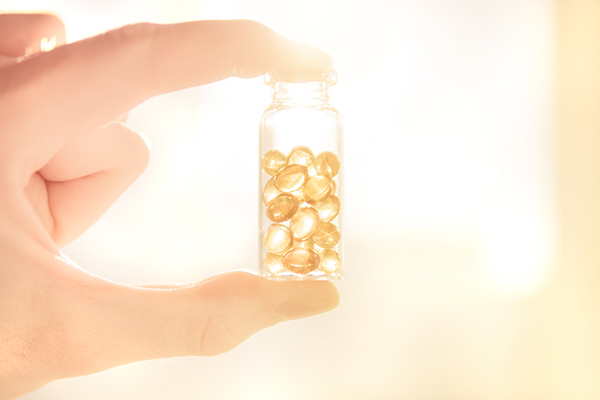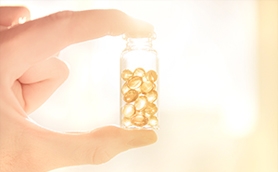
Did you know that Vitamin D deficient patients have a higher risk of complications following surgery than those with adequate level? Vitamin D levels are an important factor in hip and knee replacement patient outcomes.
Vitamin D is vital for bone health and helps regulate the amount of calcium in the body. Studies show low levels of vitamin D can cause increased muscle and joint pain. Vitamin D deficient patients facing joint replacement surgery have a higher infection rate, a higher rate of manipulations under anesthesia, and an increased risk of a heart attack.
Take action by eating foods high in Vitamin D:
- Salmon
- Eggs
- Mushrooms
- Cow's milk fortified with vitamin D
- Cereals & instant oatmeal fortified with vitamin D
The only way to know if you are vitamin D deficient is by having your blood levels measured. According to the U.S. National Academy of Medicine, the safe upper limit is 4,000 IU (100 mcg) per day. Risk factors for vitamin D deficiency include sex, age, skin pigmentation, obesity, and preexisting conditions.
If you’re considering orthopedic surgery, soak up the sun, consume foods and drinks that are rich in vitamin D. Take vitamin D supplements daily.
Boosting your body's natural healing systems can give you peace of mind and the confidence to get through the surgery with ease.
If you are suffering from knee or hip pain and would like to schedule an appointment with Dr. Paul Jacob, please call (405) 424-5426 or request an appointment online.
Dr. Paul Jacob is a leading hip and knee surgeon in Oklahoma City who pioneered robotic joint replacement surgery in an outpatient setting. Dr. Jacob has performed over 5000 robotic joint replacement procedures and actively participates in numerous research studies on robotic outcomes. Dr. Jacob is committed to excellence by achieving the highest patient outcomes with the Oklahoma Joint Reconstruction Research Institute, and has been published in The Journal of Knee Surgery, Journal of Orthopedics, Journal of Pediatric Orthopedics, Arthritis & Rheumatology, and The Orthopedic Journal of Sports Medicine.













